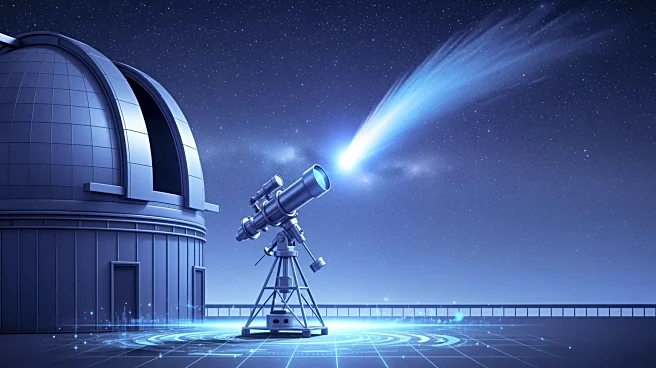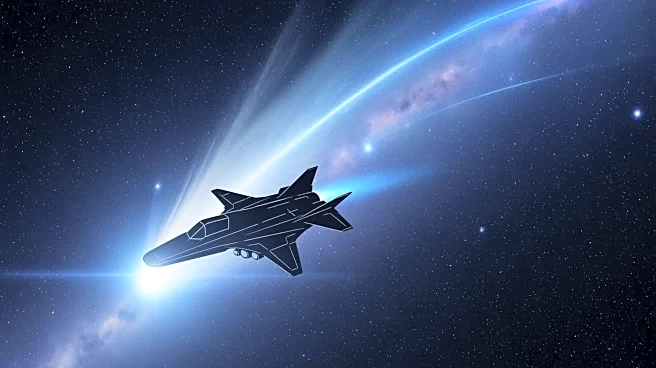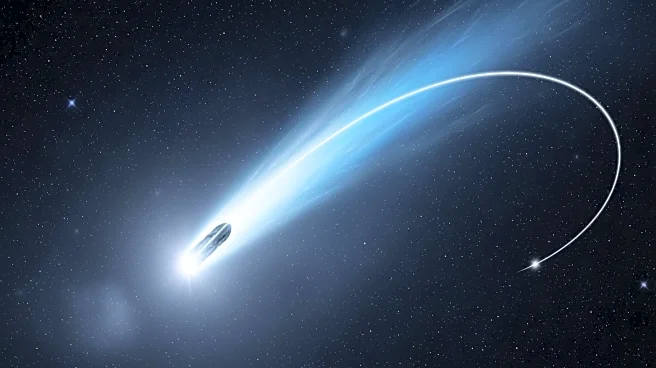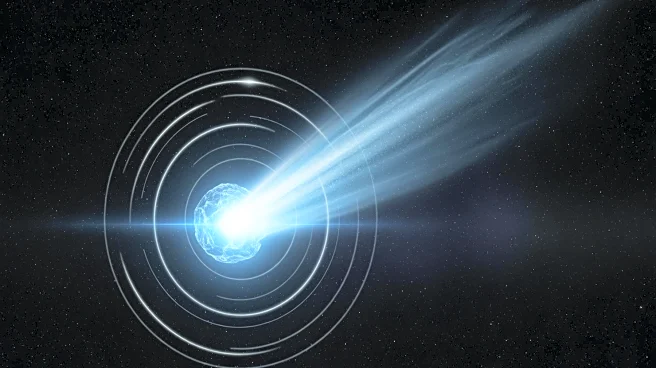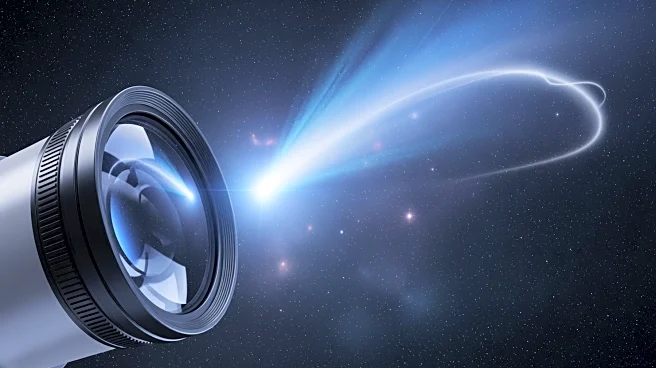What's Happening?
The European Space Agency (ESA) has conducted an unusual observation of comet 3I/ATLAS using data from a Mars-orbiting satellite, marking a significant advancement in planetary defense efforts. This observation has improved
the accuracy of the comet's predicted path by tenfold. The ESA's ExoMars Trace Gas Orbiter provided a new viewing angle, allowing researchers to better understand the comet's trajectory and potential impact on Earth.
Why It's Important?
The ESA's approach to monitoring comet 3I/ATLAS serves as a valuable test case for planetary defense, demonstrating the effectiveness of using space-based observations to enhance trajectory predictions. This method could be crucial for future efforts to protect Earth from potentially threatening celestial objects. The collaboration with NASA and the successful triangulation of data from different locations in space underscore the importance of international cooperation in planetary defense.
What's Next?
The comet is expected to become visible from Earth again in December, providing further opportunities for observation and study. The ESA plans to continue monitoring the comet's evolution, focusing on its composition and changes over time. These efforts will contribute to the development of more accurate models for predicting the paths of interstellar objects.
